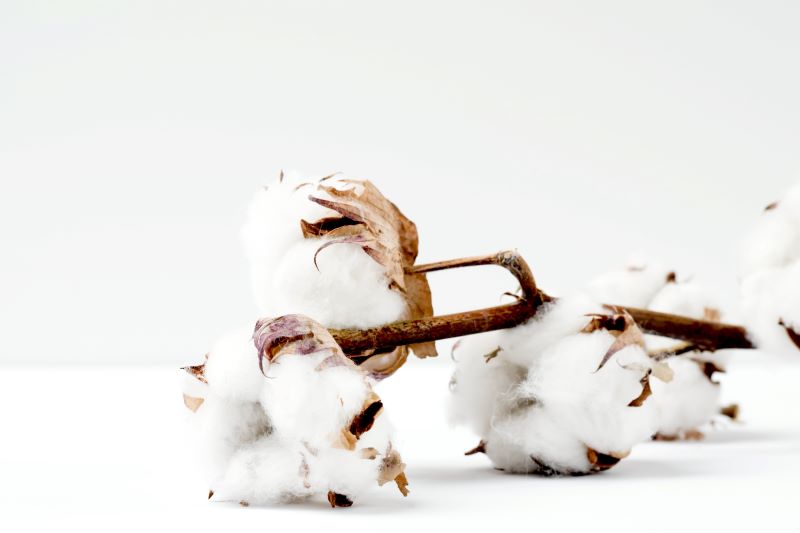by Aimee Coates
If you open up your closet you’re sure to find a lot of cotton. Over 75% of our clothes are made of cotton. From dresses to jeans, bedsheets to bath towels, it’s our number one textile. Renowned for its softness and versatility, it’s no wonder cotton is such a popular choice.
Now, more than ever, we’re eager to know where our clothes come from and how they’re made. This short introduction will give you a basic knowledge of the history of cotton, how it’s made, and the different varieties available.
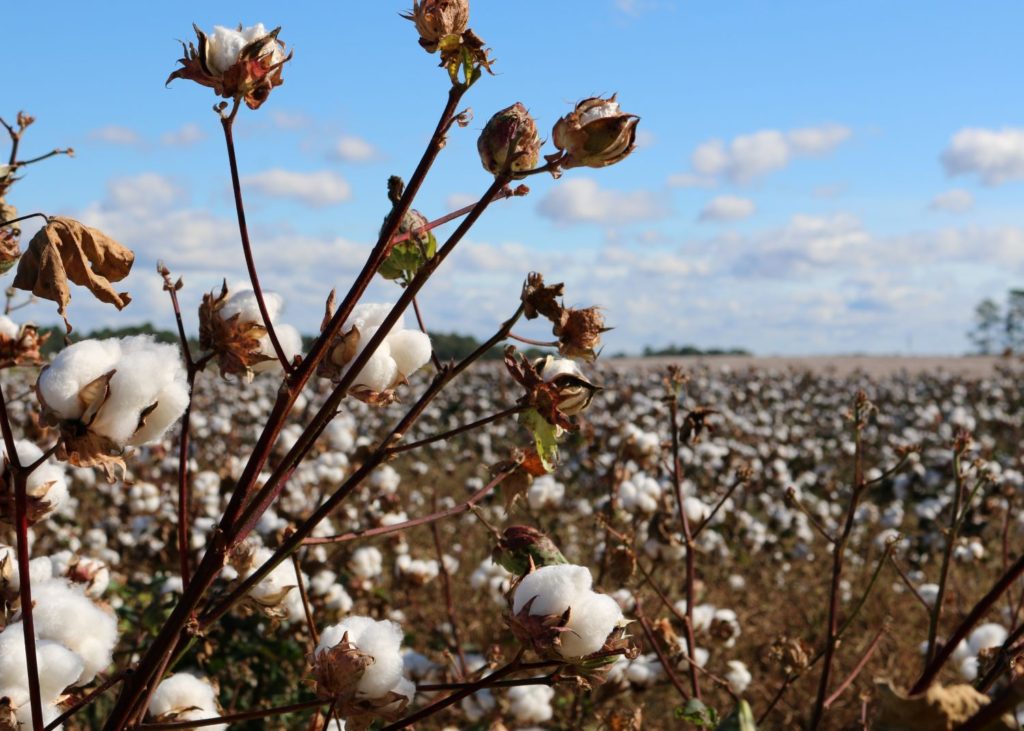
How does cotton grow?
Cotton is a natural growing fiber. It belongs to the genus Gossypium family and needs plenty of sunshine, rain, and protection from frost to grow. The ‘cotton’ is the fluffy white ball-like structure. It’s protected by the ‘boll.’ The cotton boll bursts and disperses its seeds.
The history of cotton
Humans have been using cotton for the last 7,000 years. The first evidence of this is in the Mehrgarh and Rakhigarhi site India, in approximately 5,000 BC. The term ‘cotton’ itself is derived from the Arabic word ‘quton.’
In the 13th century, the first cotton gin was invented in India. This sped up production and made cotton a popular textile. The gin is a tool that separates fluffy white cotton from the plant seeds. Cotton didn’t come to the Western world until much later – gaining popularity from the 15th century onwards.
Eli Whitney revolutionized cotton production in the U.S. His invention of the mechanical cotton gin in 1793 scaled up efficiency and production. His machine cut down the manual labor needed to produce one bale of cotton from 600 hours to just 12 hours!
Today the major cotton-producing countries are India, China and, the U.S.
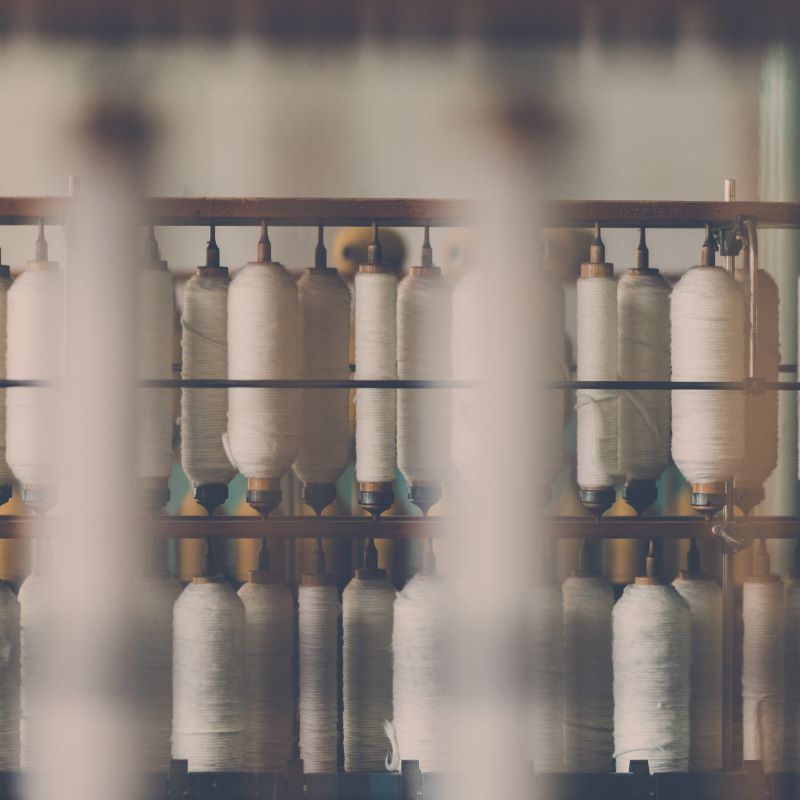
How is cotton made?
Cotton has to undergo several stages of processing before it reaches your closet.
- Defoliation-A cotton picker handpicks the entire plant and removes the leaves.
- Machine Harvesting– A machine removes large contaminants from the cotton fibers and forms them into bales.
- Separating-A cotton gin separates seeds from bolls and removes any dirt or lint. The raw cotton is compressed and stored.
- Transferring– It’s then transferred to a textile production factory.
- Carding-The cotton is put through a carding machine which forms the fibers into long strands.
- Spinning– The strands are then spun into yarn.
- Dyeing-The cotton yarn undergoes a variety of treatments such as chemical application and dyeing.
- Weaving– It’s then woven into the finished product such as t-shirts, dresses, or bedding.
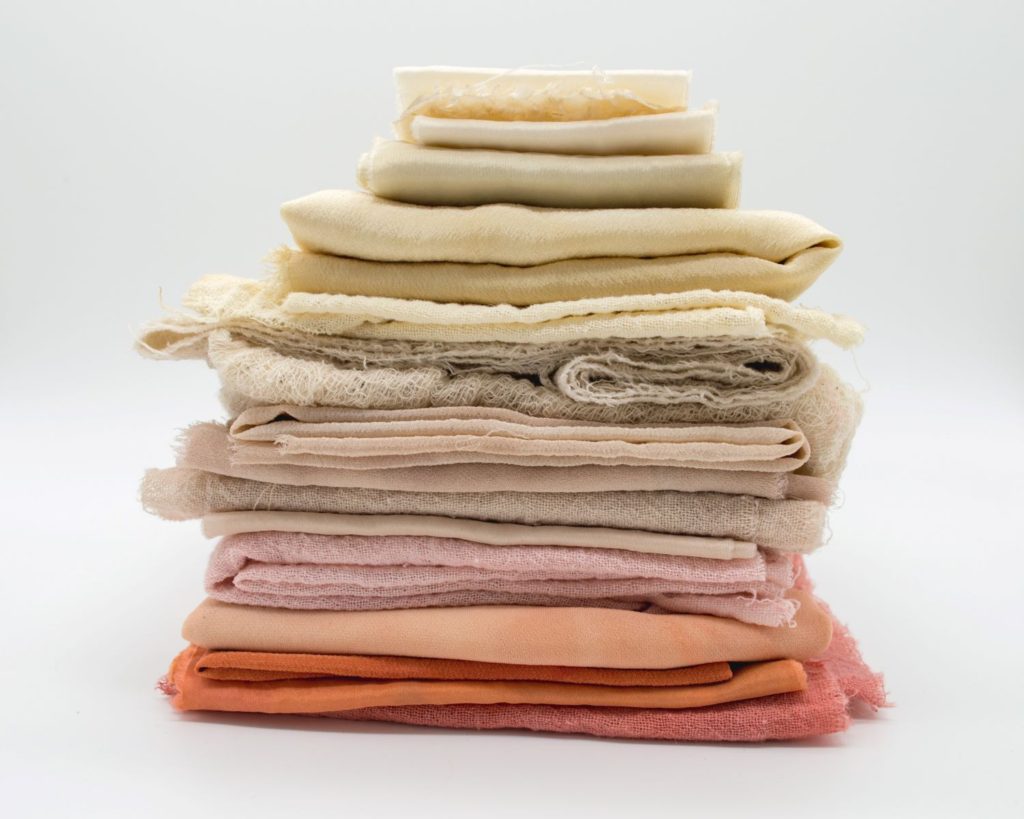
DIFFERENT TYPES OF COTTON
There are many different varieties of cotton but the most popular are:
Upland cotton – This is the most common type. It makes up 90% of the world’s total cotton production.[1]
Pima Cotton – One of the finest and most sought after kinds of cotton. It’s highly durable and resistant to fading, tearing, and creasing.
Egyptian Cotton – Grown along the River Nile in Egypt, its properties are similar to Pima cotton. It’s mostly used in luxury bedding and other home textiles.
Organic Cotton – The purest and most eco-friendly cotton available. It’s grown without the use of chemicals or any other forms of genetic engineering.
Is cotton a good textile choice?
| Pros | Cons |
| Soft | Harmful environmental impact |
| Durable | Organic cotton costs more |
| Light and breathable | Fades |
| Versatile | Wrinkles |
| Machine washable | Shrinks |
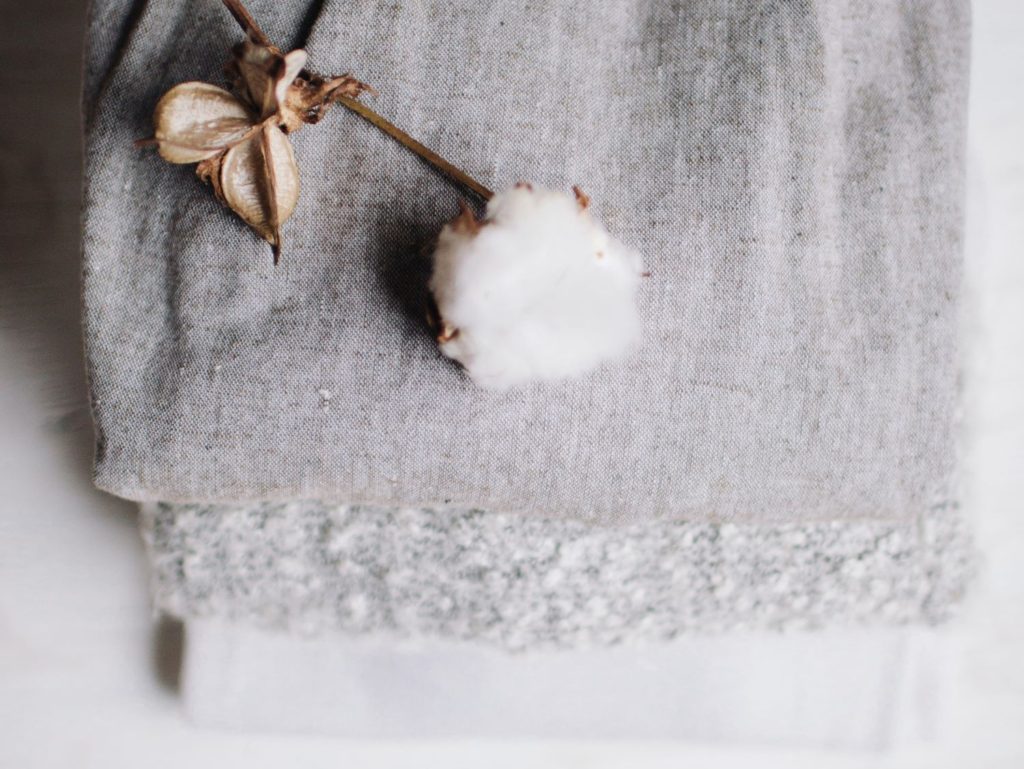
Not all cotton is created equal
Cotton is a natural fiber. It’s non-impactful on the environment and is, of course, biodegradable. Humans have been using the cotton plant for thousands of years. It offers a lot of great benefits and is the most popular textile choice. However, the production process of cotton is extremely harmful to the environment. To find out more, read our article on cotton and sustainability.

